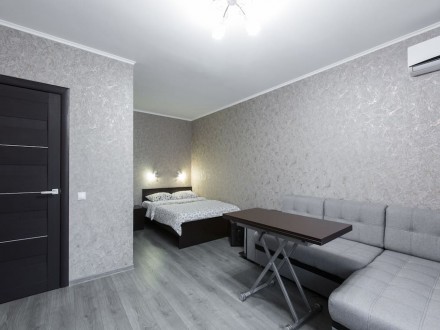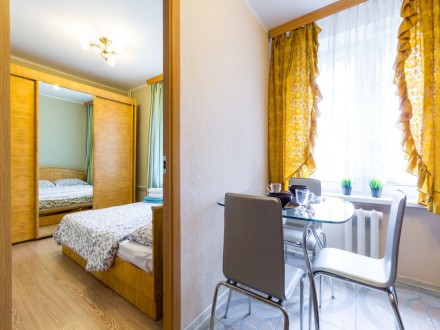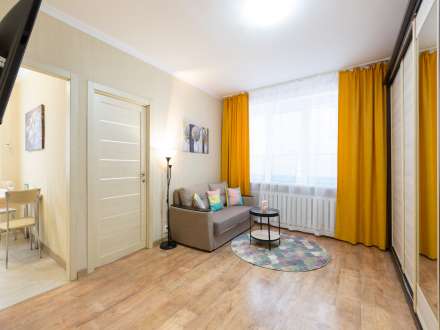State Museum of Architecture. A.V. Shchusev
In our country, architecture began to develop when the words "Russia" was not there yet. Architectural traditions changed one after another. What were they like?
The cultural institution (its main part is located on Vozdvizhenka, 5) was named after the architect Shchusev. Now it represents objects in several places in the city of Moscow.
Who is Shchusev?
The research center, which also manages historical expositions, is named after the author of well-known projects within the Russian Federation. These are the Lenin Mausoleum, the Kazansky railway station, the House of Architects, the Marfo-Mariinsky Convent (Moscow). A number of famous structures from different countries.
History of the museum
In 1963, 2 institutions were merged into one. NIM Academy of Construction and Architecture of the USSR and the Museum of Russian Architecture. Alexey Shchusev became its first director. But the very idea of the project was born at the end of the century before last. Such a center was supposed to unite all architects-restorers. And during the years of the USSR, he also engaged in educational work.
Expositions of the main building
The house is both one of the objects of the fund and the administrative building of the museum.
The complex has been rebuilt more than once, tracing back to a 17th-century building. Mansion. Stables. Gardener's house. Wing (about it will be separately below). In addition to the ensemble of the estate itself, the visitor will find unique photographs, paintings, models, documents, books and even a virtual exhibition.
"The Ruin"
The wing of the described estate was destroyed after one of the Moscow fires. That is why the exposition space received such an "emergency" Name. This is – "business card" museum.
Pharmacist Order
A group of works of architecture located at the same address (but the entrance is from Starovagankovsky Lane). It is a refectory chamber, authentic to the 17th century.
The Melnikov House
A separate branch. You will find this piece of architecture on Krivoarbatsky lane, 10. Melnikov's house itself – in fact, a monument to the Russian avant-garde (not traditional). But there is also a courtyard made up of ancient buildings.
It remains to add: the complex has a convenient infrastructure for visitors. There is a cafe, a shop with literature on the history of architecture and souvenirs, a cloakroom and luggage storage.








